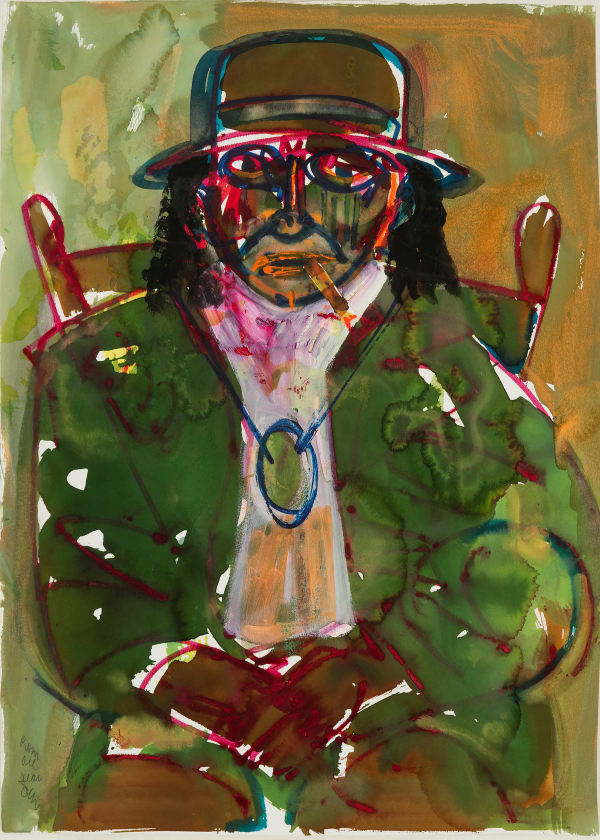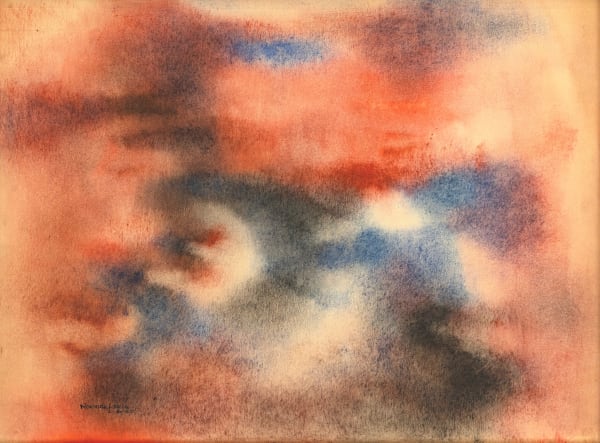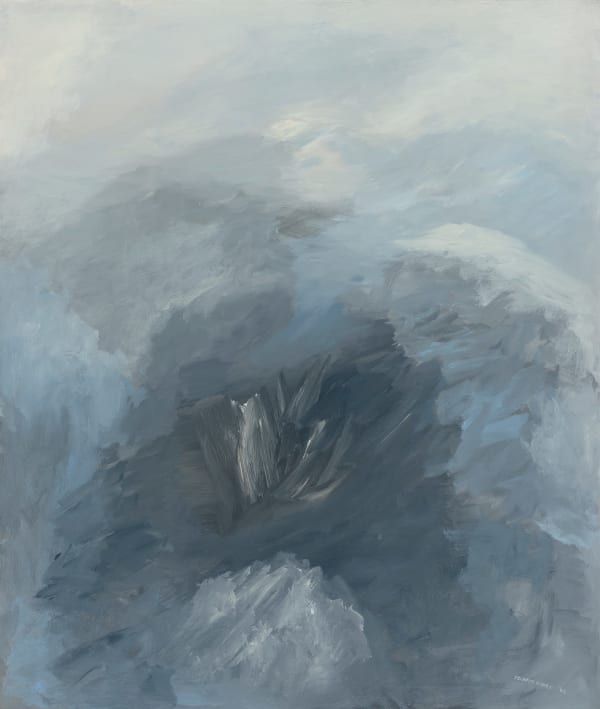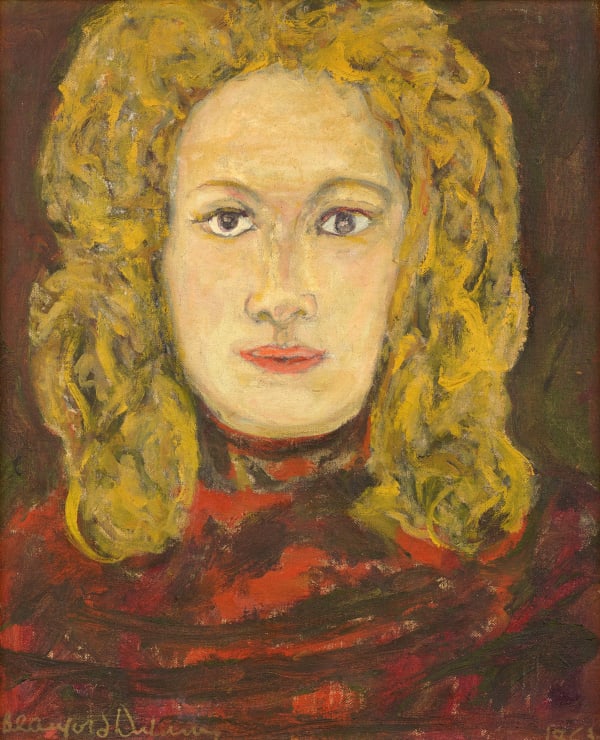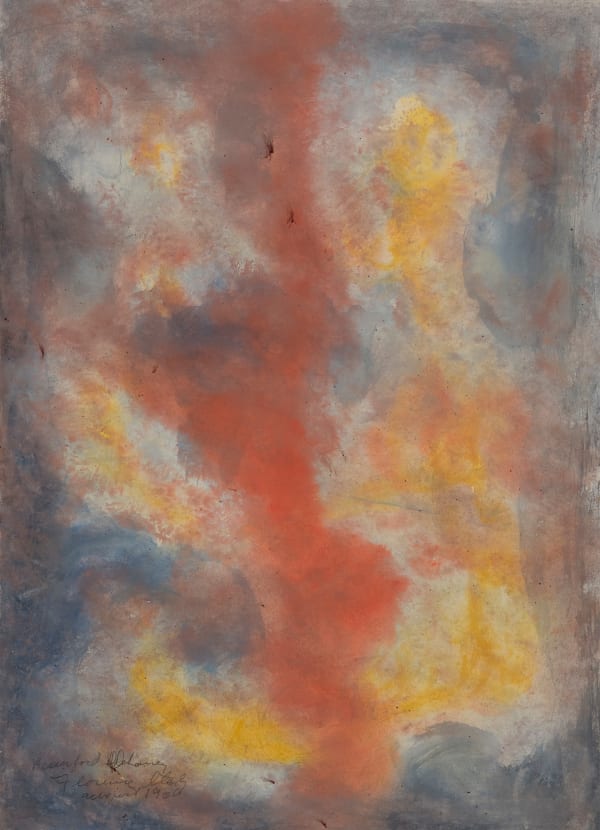Beginning in the 1920s, the Harlem Renaissance sparked a flourishing of Black cultural expression, ushering in a dynamic era of new ideas, art, and literature. While many artists remained rooted in New York, others ventured abroad—particularly to Paris—drawn by its reputation for greater cultural openness and its rich artistic heritage.
Modernism in Motion: Black Artists and Transatlantic Imagination explores a generation of Black artists who thrived in these vital cultural epicenters, including Jacob Lawrence, Romare Bearden, Bob Thompson, Beauford Delaney, Norman Lewis, and Felrath Hines. Working across both figurative and abstract modes and a wide range of materials, these artists shared a common affinity for bold, saturated color. Their significant contributions helped shape twentieth-century American art and continue to resonate with today’s contemporary artists with connections to Harlem and beyond, such as David Hammons, whose work is also featured in the exhibition.
-
Jacob Lawrence and Romare Bearden came of age during the height of the Harlem Renaissance in the 1920s and 30s. The neighborhood’s vibrant urban life profoundly influenced their work, evident in the lively figures and red brick accents of Lawrence’s rare, large-scale 1937 tempera painting Christmas, and in Bearden’s untitled 1940s watercolor from his Iliad series. Bearden’s and Bob Thompson’s travels through Europe, including time in Paris, inspired them to reimagine the canon by reinterpreting iconic motifs, as seen in Thompson’s La Promenade, 1965.
Beauford Delaney moved to New York in 1929 and lived in Harlem and Greenwich Village before settling in Paris in 1953. There, Delaney found spiritual resonance in the expressive power of color and light as he immersed himself in pure abstraction and painted radiant portraits of his close friends, as seen in Portrait of Bunny LeGros, 1960.
-

-
-
Throughout his career, Romare Bearden remained deeply connected to Harlem. In 1963, he became a founding member, alongside a group of artists including Norman Lewis, of the Spiral Group—a Harlem artists’ collective committed to exploring the intersection of art and social justice. By this time, Lewis had firmly embraced abstraction as his mature style and became the first Black artist among the first generation of Abstract Expressionists. Lewis and later Spiral member Felrath Hines, whose work was influenced by Claude Monet, both championed abstraction as a powerful tool for confronting social inequality, in contrast to more narrative or figurative approaches.
-
-
The present sculpture, a pair of binoculars made of carved and painted wood, among other materials, serves as a provocative commentary on tourism and the commercialization of urban landscapes. This piece belongs to a series Hammons created in the early 1980s, critiquing the tourism culture of New York City during a period of significant growth in domestic tourism spurred by a nationalistic push following the bicentennial. The multi-colored paint adorning the sculpture may reference the Rainbow Coalition, a political movement primarily associated with civil rights activist Jesse Jackson, who gained prominence during his presidential campaigns of 1984 and 1988. Notably, Jackson was the subject of one of Hammons' controversial artworks, How Ya Like Me Now? (1988), portraying the politician as a white man.
-
-
"Over the course of the 1950s, and well into the 1960s, Hines’s signature style was a brushy, lyrical mode of abstraction, defined by his inventive, and even surprising, useof color. As Hines himself noted, these paintings frequently suggest landscapes or atmospheric effects."
- Rachel Berenson Perry, The Life and Art of Felrath Hines, From Dark to Light (Indiana University Press, 2018)
-
I remember standing on a street corner with the black painter Beauford Delaney down in the Village, waiting for the light to change, and he pointed down and said, 'Look.' I looked and all I saw was water. And he said, 'Look again,' which I did, and I saw oil on the water and the city reflected in the puddle. It was a great revelation to me. I can't explain it. He taught me how to see, and how to trust what I saw. Painters have often taught writers how to see. And once you've had that experience, you see differently.
-James A. Baldwin
-
-
For additional information about Modernism in Motion or any of the works presented, please be in touch with Alana Ricca at alana@schoelkopfgallery.com or (212) 879 - 8815



